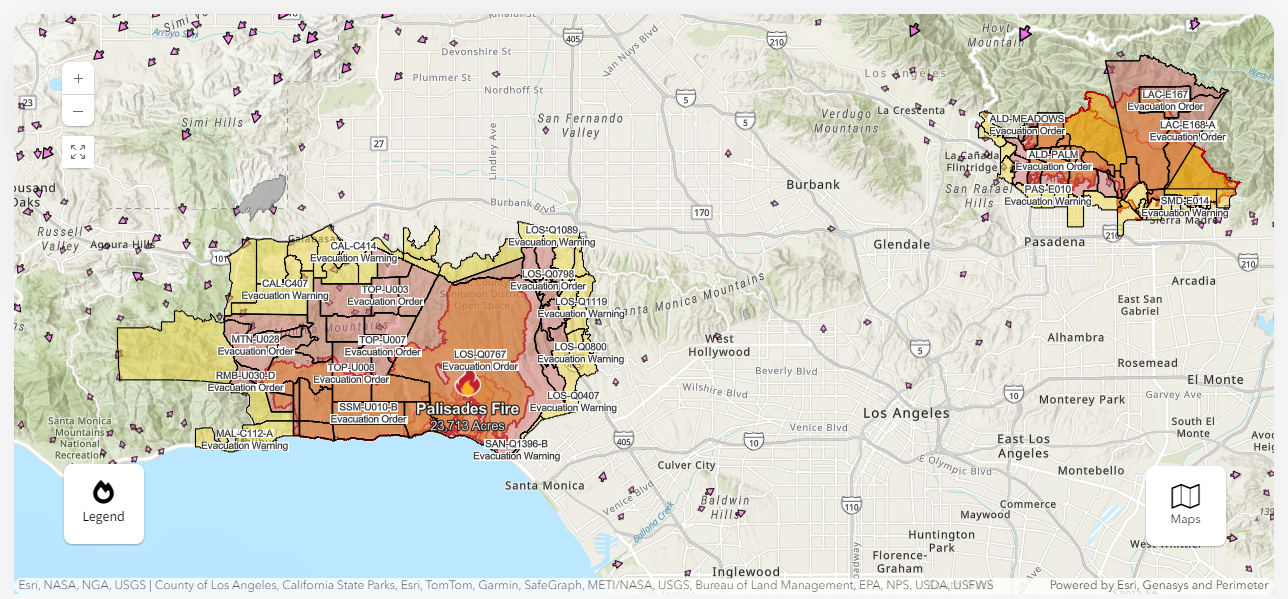Community Development in 2025
Re-building a forlorn community from burning embers and ashes in Los Angeles.
Your compassion can help a child smile again, a family rebuild, and a community heal.

SUBSCRIBE TO OUR NEWSLETTER
How it's getting done.
Establish Emergency Supply Hubs
Set up 10 strategically located hubs across affected areas to distribute food, water, clothing, and medical supplies. Mobilize local volunteers and partner with organizations to ensure efficient distribution.
Provide Financial Assistance
Launch a dedicated wildfire relief fund with an initial target of $5 million to support displaced families and small businesses. Offer direct grants to families for housing and essential needs and interest-free loans for rebuilding efforts.
Support Mental Health Services
Deploy a team of trained counselors and therapists to provide on-ground and virtual mental health support to victims. Create a 24/7 hotline for those experiencing trauma, anxiety, and depression due to the wildfires.
Donate Today
Your contributions can provide a family with food, shelter, and hope. Visit Integrain Foundation’s Wildfire Relief Fund to make a difference now.
Volunteer
Join our on-ground efforts to bring immediate relief. Sign up at Volunteer with Us.
Spread the Word
Share our mission and amplify our reach. Help us connect with more helping hands.
Wildfire Relief Support for California Residents
The scale of the catastrophe could have been worse, but we have to contend with reality. Here are some of the facts so far.
Scale of the Wildfires
Over 3 million acres of land have been scorched in California this wildfire season, impacting thousands of homes and livelihoods.
Nearly 10% of California’s forests have experienced fire damage in the last decade, with an alarming 20% increase in wildfire incidents in 2025 compared to the previous year.
Restoration of Utilities
While there is the slim chance for residents to return to pick up their priced possessions and belongings, since all is lost in their property, they will not be functioning in their homes until all utilities are restored. Even if their residences have not been burned down, lack of basic utilities like water and electricity precludes them from returning - exasperating the situation.
Displacement and Human Impact
Approximately 150,000 residents have been displaced, with over 25,000 seeking temporary shelter in emergency facilities.Reports indicate that over 40% of displaced individuals are vulnerable populations, including children and the elderly.
Response Challenges
Emergency response teams face shortages in supplies, including food, water, and medical aid, with current resources fulfilling only 60% of immediate needs. Volunteers and financial contributions have fallen short by 30% compared to the needs forecasted for this crisis.
Economic Losses
Wildfire-related damages are estimated at $12 billion, encompassing property destruction, infrastructure damage, and economic disruption.
Nearly 50% of small businesses in the affected areas have either closed temporarily or ceased operations entirely.
Environmental Degradation
Emissions from the wildfires are equivalent to the annual carbon output of 2 million cars, further exacerbating climate change.
Wildlife habitats across 500,000 acres have been severely affected, endangering countless species.
From Crisis to Recovery: Together, We Rebuild Lives and Communities
Deliver emergency aid, medical support, clean water, shelters, and housing solutions while enabling long-term rehabilitation, economic recovery, and environmental restoration in wildfire-affected areas.
Re-homing & Homeless Shelters
Temporary shelters provide immediate refuge for displaced families, ensuring safety and basic amenities. They serve as the first step toward stability for individuals who have lost their homes.
Hospitals & Urgent Medical Care
Essential for treating injuries and managing health crises arising from wildfire smoke, burns, and other related emergencies. Ensuring access to medical care prevents secondary health impacts
Rehabilitation Centers
Provide comprehensive care, including physical therapy, psychological counseling, and community reintegration programs, for those affected physically or emotionally by the wildfires
Rescue Operations
Coordinated efforts to evacuate individuals from danger zones, prioritize the vulnerable, and ensure safe relocation to emergency facilities
Drinking Water Supply
Establish water purification systems and distribution networks to prevent waterborne diseases and provide clean water to affected areas
Low-Income Temporary Housing
Develop affordable housing to offer displaced families a secure environment while they rebuild their lives, integrating fire-resistant designs

